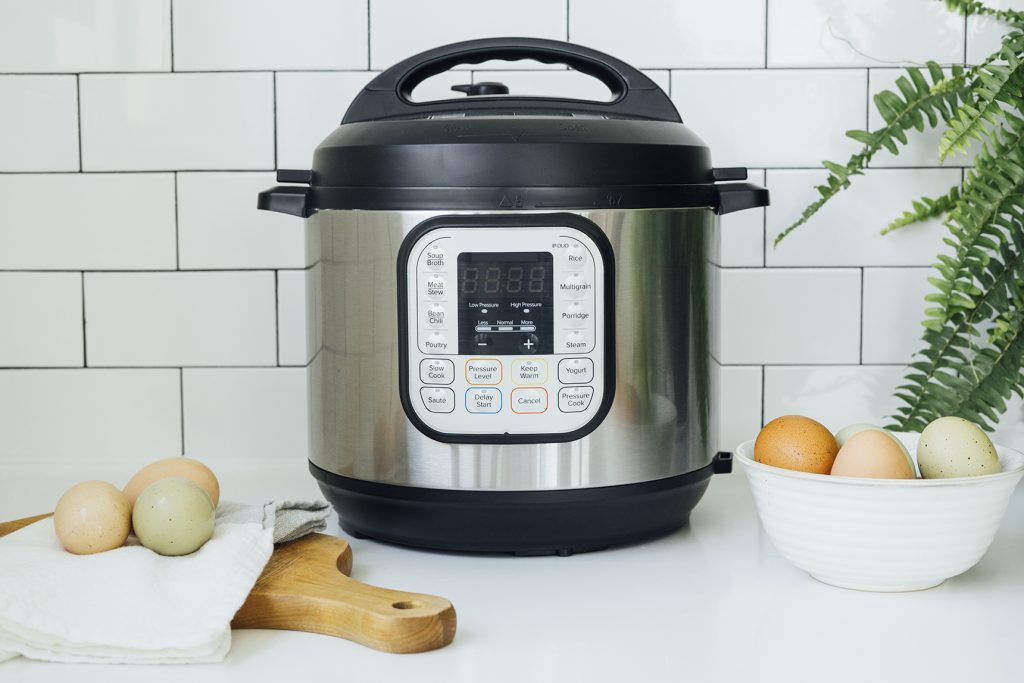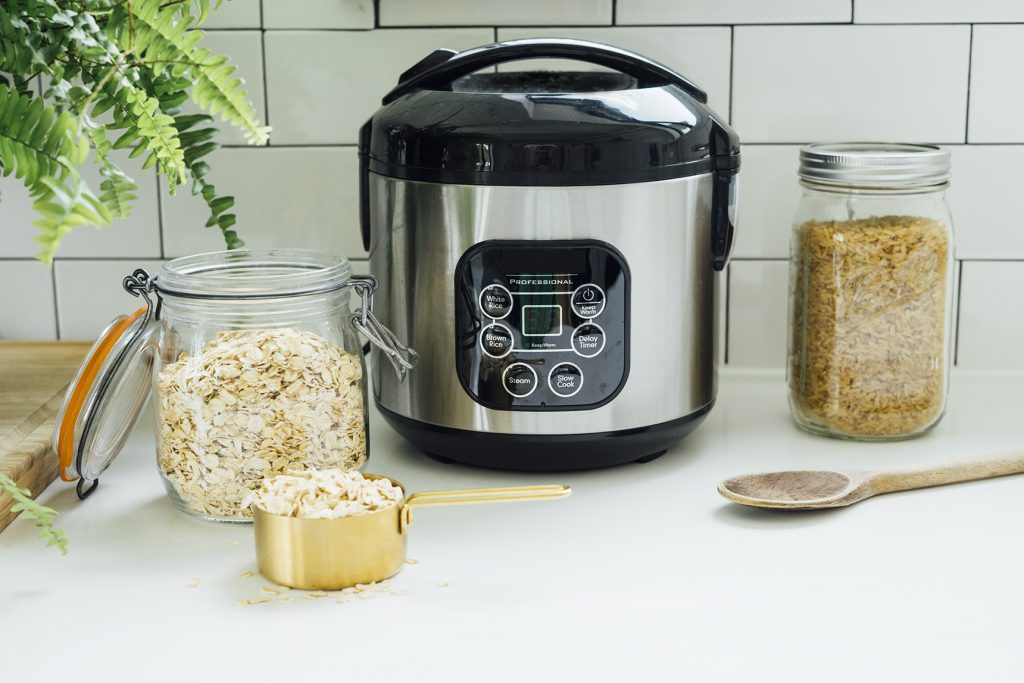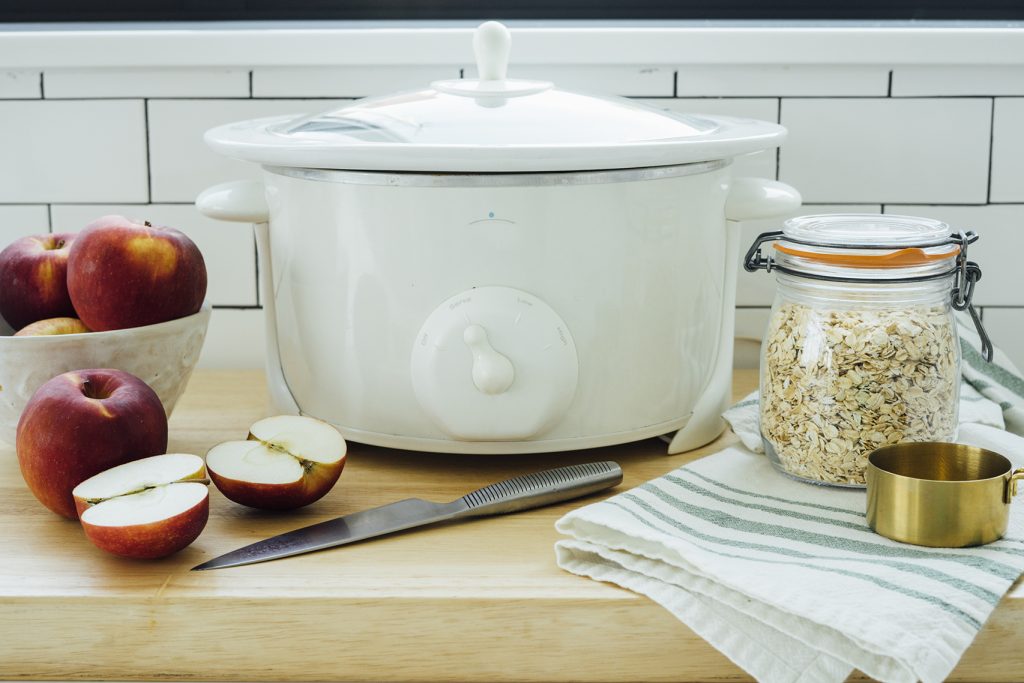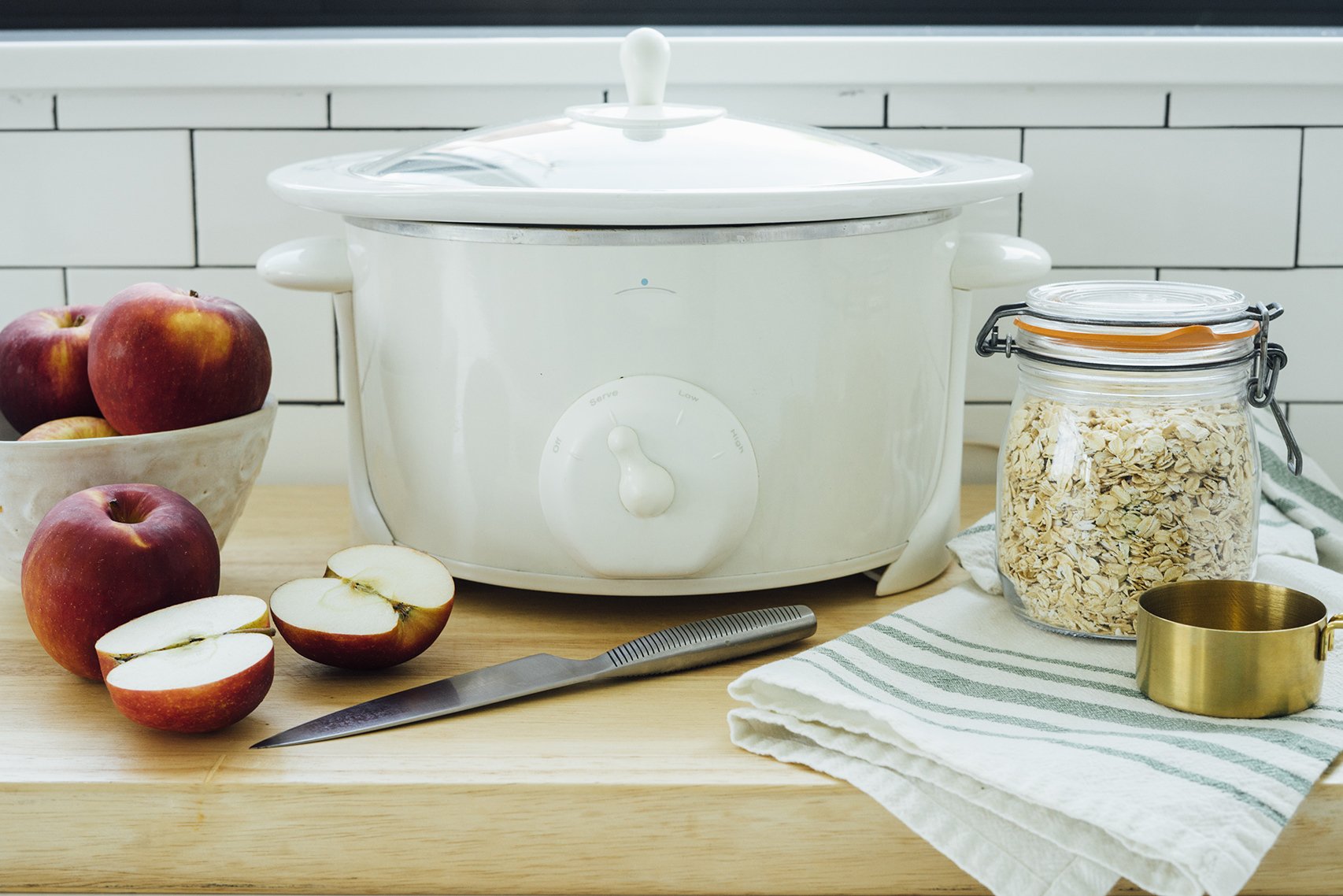Countertop appliances and gadgets can make life in the kitchen a lot easier. But, which ones do you really need, and which ones can you say “no thanks” to? You may hear your friends singing the praises of their slow cookers for saving time, their rice cookers for making perfect grains, and their pressure cookers shaving major time off beans from scratch or braising tough cuts of meats.
Space in your cabinets and on your countertops is precious, so here’s what you need to know about the special functions of pressure cookers, rice cookers and slow cookers:

Pressure Cooker
- Pressure cookers use old-school technology, trapping steam to create pressure which increases the boiling point of water from 212°F to 250°F. This higher temperature cooks food faster.
- Older models go on the stove top, while modern versions (InstaPot, etc.) plug in to an electrical outlet.
- Important for safety: If handled incorrectly, the trapped pressure can create a dangerous “explosion” as the pot is depressurized. Always read the instructions that came with your model, and be sure to take care when using the pressure-release valve.
Use the pressure cooker to cook: dried beans, potatoes, grains, pot roast/brisket, pulled chicken or carnitas, hard-boiled eggs, chili, vegetable, beef or chicken broth.

Rice Cooker
- Rice cookers use steam to make perfectly fluffy grains and keep them warm.
- This is a small appliance, about the size of a regular toaster, that plugs into an electrical outlet.
- An internal thermostat controls the temperature for even cooking.
“Warm” mode keeps grains ready for dinner for whenever you’re ready. - Some models can also double as steamers or slow cookers.
- Rice cookers aren’t just for rice! They’re ideal for other grains, as well.
Use it to cook: rice, quinoa, farro, barley, millet, wheat berries, polenta, oatmeal.

Slow Cooker
- New models go above and beyond your grandma’s crock pot, with all types of settings and functions, like programmable timing and delayed-start.
- A low, steady temperature allows foods to cook low and slow, and because it’s plugged in, it can be left unattended for hours, unlike pots on the stove.
- The slow simmer causes steam to rise to the lid and keeps food moist and helps to develop flavor.
- Slow cookers, if sealed, also keep food warm long after the cooking cycle has completed.
- Soups and stews are the traditional dishes for slow cookers, but it can also be used to braise inexpensive, tougher cuts of meat, to cook oatmeal, and baked pasta dishes, baked potatoes and more.
- Many slow-cooker recipes involve just putting ingredients into the pot and setting the temperature, though some recipes require steps beforehand, like browning meat and veggies on the stove, or par-boiling dried beans.
Use it to cook: taco fillings, spicy chicken thighs, chili and stews, beef or mushroom stroganoff, oatmeal, roast beef, baked ziti.


